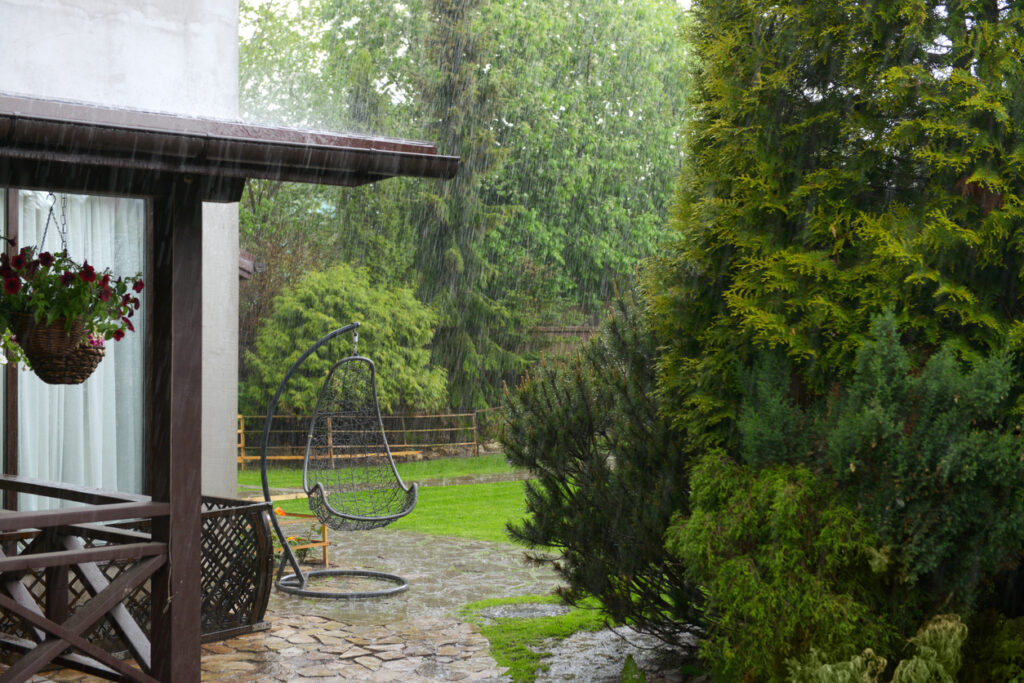Of all the fixtures in a home, the toilet is arguably the hardest working – and most taken for granted. We rarely pay attention to it, much less talk about it. That is, until a problem, like a clog, phantom flush, leak, loose handle, etc., arises. Fortunately, a few toilet troubles are easy enough to resolve. Most require the expertise of a licensed plumber.
Before deciding whether to go the DIY route or call in a pro, familiarize yourself with the basic parts and components of a standard toilet and how they work together to get the job done. In other words, “toilet 101”.

How Does a Toilet Work?
The most common type of toilet is a two-piece model with a separate bowl and tank that relies on gravity and a siphoning effect to flush. The toilet bowl remains filled with water about halfway while additional water is stored inside the tank. Once the toilet handle is depressed, the flapper (the seal between the bowl and the tank) rises to permit water to flow from the tank into the bowl with enough water pressure to force the contents of the bowl out of the toilet and through the drain.
Once the flush is complete, the flapper settles back into place, and the tank fills with clean water until it reaches a predetermined level, ready for the next flush.
Common Toilet Terms
Here are the various components of a toilet, and the role each one plays:
- Tank – The toilet tank holds enough water to flush the contents of the bowl, refilling with clean water from a water supply line after every flush.
- Trap – The trap is located beneath the toilet bowl. It is a curved section of the drain that prevents the water inside the bowl from running out until the toilet is flushed.
- Flapper – The flapper is the seal between the tank and the bowl. It lifts up, allowing water to rush into the bowl with force each time the toilet is flushed.
- Float – This lightweight piece rises with the water level as it fills the tank, shutting off the flow of water once it reaches a predetermined point. Depending on the toilet, this component may also be called a “fill valve” or “ball cock”.
- Handle – The outwardly visible lever that raises the flapper in the tank when the toilet is flushed to allow water to run into the bowl.
- Wax Ring – Also referred to as the bowl-to-floor seal, this soft, moldable ring fits between the bottom of a toilet and the drainpipe. Its job is to prevent water from leaking out beneath the toilet.
Most people lift the tank off the toilet, look inside, and think, “What is all this stuff?” Now you know better. But knowing better doesn’t mean everything will work just as it should every time you flush. When it doesn’t, and your DIY efforts aren’t up to the task, contact Norhio Plumbing for prompt and expert assistance. Plus, and before we begin the job, you’ll receive a guaranteed price quote.









Leave a Reply